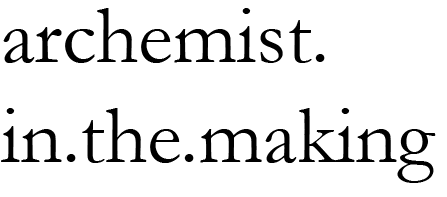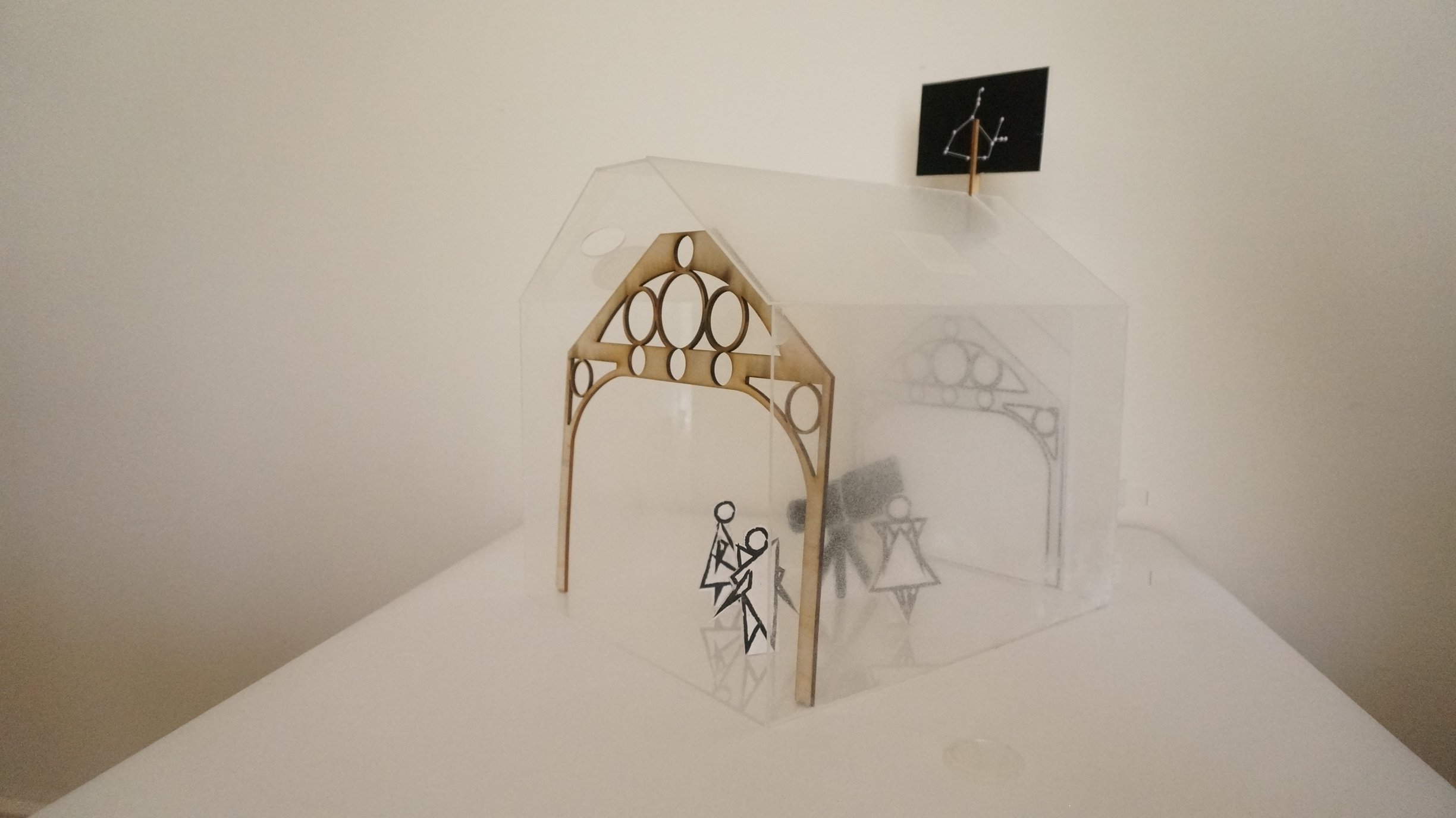It took me nearly four years to finally grasp that feeling of wanting to design something for myself – where the direction, while guided and navigated by my peers, but towards the end came into fruition of something that I believe in.
Looking back at my architectural education – it felt like majority of my work was predominantly shaped by a combination of envy and the desire to feel validated for my design. A deep level of insecurity was sparked from jumping into another world without being aware of the lingo nor the terminologies others have been equipped with already. For me, coming from a school that prioritised final grades for reputation – it seemed like the only solution for me to understand or adjust to each semester was designing through the lens of my tutor.
Read MoreIt's an exhausting and ongoing cry for journalism when it comes to the treatment and portrayal of women in the eyes of men. So I would like to share with you a rant that I’ve had with my friends three years ago – one I was terrified of sharing publicly but now feel confident in sharing now.
Read MoreRecently, during a lunch discussion about an architecture the architects was reviewing, I raised sarcastic laughs from them when I absent-mindedly asked if their review was a ‘glowing one’. In the landscape of Architecture media, or media in Australia – in which defamation cases can receive severe punishments, there is a semi-walking-on-eggshells feeling when it comes to leaving your opinions about something you’re not particularly fond of. Where reviews are often a poetic description and capturing of the project, and critique is perceived to be dragging the project through the mud, the opinion piece becomes difficult to distinguish whether it’s a review or a constructive critique.
Read MoreAlthough it can be argued that because we are rather proud of what we do, it wouldn’t be surprising that many would attack Barbie’s outfit. It may seem harmless, yet it is a reflection on how society (and our industry) views women in architecture. Must she always wear black? Just because she’s wearing a dress and carrying a helmet doesn’t mean that we can assume that it will be her official outfit for a site visit! These comments, initially said with humour can quickly become detrimental if spoken in a professional environment.
Read MoreSometimes, I’d like to perceive Instagram as a new version of Venturi and Brown’s Duck and Decorated Shed. As Gordon-Levitt added attention to Instagram is used as a platform to attract attention – the statement is bold enough to be a ‘sign’ for the architecture firm. Let alone it can be argued that the overall profile aesthetic is the inverted shed when the account has posted enough images in a carefully planned manner. Alternatively, we can also say that capturing that one perfect image of the design becomes the Duck for the design firm, and thus we can always associate their name with that image.
Read MoreIn light of my rather glum entry about unemployment, I decided to put a lighter note to this.
After speaking to my mentor on the importance of networking, I illustrated some of my experiences and feelings of job hunting*. Due to the unfortunate events of the market as of late, the competition of finding a job increased, and it’s not making it easier.
Read MoreOne day, I bumped into my construction tutor at a social work event. We conversed about uni and work, laughed over the fun moments during class. One thing he shared about that was particularly insightful to me was that he finds joy to see his students continue to develop into outstanding architects. But beyond that, the most rewarding experience to being a tutor is to be able to see students grow away from the education bubble and becoming good mentors for other students as well.
I’m interested to hear their stories again in ten years time. And how will my journey continue?
Read MoreIn this series, I’ve teamed up with my friend Lily Jiang. The two of us have experienced very different paths and have reflected on different issues that we would’ve like to have known, things we have encountered during and after leaving architecture school. These are small memos to ourselves in the past and future and for anyone really.
Read MoreThe aging population and how we cater for the aging population is something I question and challenge frequently, especially when knowing how to cater to their physicality as well as mentality. From understanding their level comfort of how far they could walk, how many stairs they could climb, and knowing what materials would be the safest for them to use or touch is challenging however, I feel is rarely talked about. For me personally, is how do you create an environment for individuals to feel that they could still have their sense of pride and acknowledgement of independence?
Read MoreLast year. during our studio class (Studio Shared) - our group’s assignment challenged the ownership of a house - how much one should have or want to possess. Essentially, it was very much like an IKEA catalogue of pick and choose the elements for your house considering that your necessities such as a bathroom, communal kitchen, toilet or laundry were highly accessible as it was a foreseeable trend of the future. Albeit, despite having these facilities available publicly, our house still retained the nuclear house: a kitchen, a sink, a bed and plenty of storage. It was also very reminiscent of my other studio project I did during first year with my partner, where we also designed another IKEA flat pack type design that offered residents to build cells of what they would like to have in their own home should their area become flooded.
Read More






